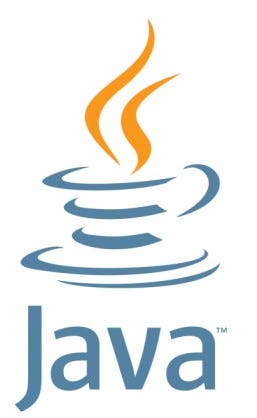Medium
3w
17

Image Credit: Medium
Modernizing Legacy Java: A Practical Guide to Migrating to Java 17/21+
- The article emphasizes the importance of migrating to modern Java versions for security, performance, and support benefits.
- It addresses common challenges faced during legacy system maintenance, such as outdated dependencies and lack of modularity.
- Readers are provided with a practical roadmap and best practices for migrating legacy Java systems.
- The guide stresses the significance of long-term maintainability and future-proofing Java applications.
- Prior to migration, assessing the current Java environment and documenting coding practices are recommended.
- Having a clear migration plan is crucial to avoid delays and unexpected issues during the process.
- Choosing Java 17 or 21 LTS versions is recommended, and gradual upgrades from older versions are suggested for larger codebases.
- Strategies like the strangler pattern and identifying potential blockers help in a smooth transition.
- Preparing the codebase through modernizing tools, updating plugins, and addressing outdated APIs is advised.
- Enhancing testing practices, integrating tests into CI/CD pipelines, and using static code analysis tools help ensure a successful migration.
Read Full Article
1 Like
For uninterrupted reading, download the app